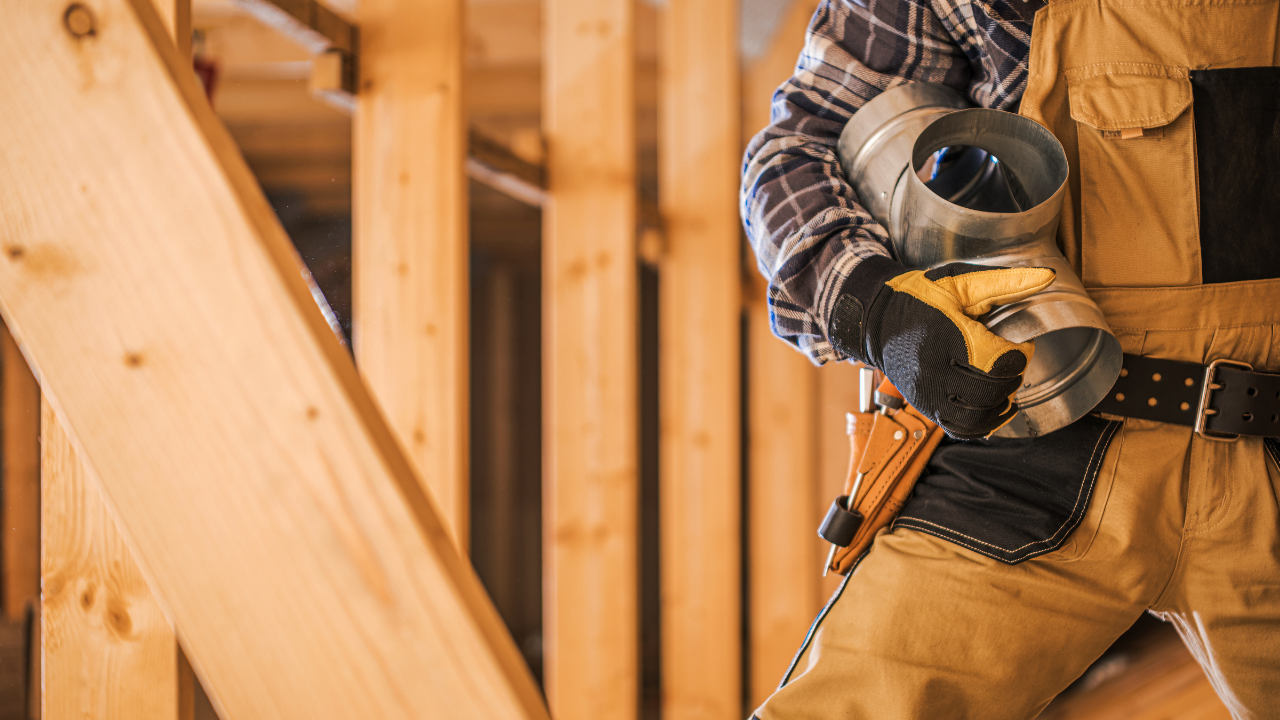There’s no doubt that attics are one of the most common areas for mold growth in our homes. But why and how do we prevent it? There’s a direct correlation between roof ventilation and mold growth. It’s important to know how your roof is “breathing” so you can avoid any issues with mold down the road.
Let’s dive in!
How Roof Ventilation Works
At first glance, roof ventilation might seem easy to understand. After all, it’s all about air circulation, right? However, things are much more complicated, especially when you try to figure out how everything needs to be set up for maximum efficiency.
For starters, it’s important to understand that ventilation is a two-part process. It starts with air, which enters through soffit vents. Usually, those are round holes with wire mesh and are more commonly known as bird blocks or under eave soffit vents.
After the air enters the soffit, it moves along the underside of the roof sheathing. During its movement, it pulls away moisture, which prevents condensation. And finally, the airflow reaches the top and exits through ridge or upper roof vents.
It is also important to make sure all bathroom vents are vented out of the roof correctly. All bathroom fans should have insulated tubing that will run out through the roof and connect to a vented damper cap. Vents should NEVER just dump into the soffit vents or directly into the attic space.
Does Wind Influence the Roof’s Ventilation?
Generally speaking, the wind can aid the ventilation process, but it’s not reliable enough. In fact, the process is based on a simple physics law, which states that warm air rises. More specifically, when your house is heated, the warm air rises and reaches the attic. Then, it keeps rising until it escapes through the upper roof vents, which creates a suction effect that pulls new air through the soffits.
Can Roof Ventilation Affect Mold Growth?
More often than not, bad ventilation leads to mold growth. Why? Because without a reliable ventilation system, your roof accumulates humidity, which is a prime cause of mold. Sometimes, due to high indoor humidity, your roof ventilation is unable to remove enough moisture, allowing mold to grow and spread throughout the attic.
Therefore, proper ventilation is a must, especially if you live in a humid or warm climate. As a rule of thumb, you need 150 inches of Net Free Air for every 100 cubic feet of space in the attic. So make sure that your current roof ventilation is keeping up with the required amount of airflow.
The Bottom Line
Overall, proper roof ventilation is essential if you want to avoid mold infestations. That’s why it’s always advisable to check your attic for any signs of humidity and faulty ventilation. However, if you are already dealing with mold, you need to contact a local contractor, such as Mold Solutions, as soon as possible. Not only are we able to locate and remove mold, but we can also advise you on how to prevent further infestations.
So why worry about mold when you can call us and forget about your worries? One simple call is all it takes to say goodbye to your mold problems.








